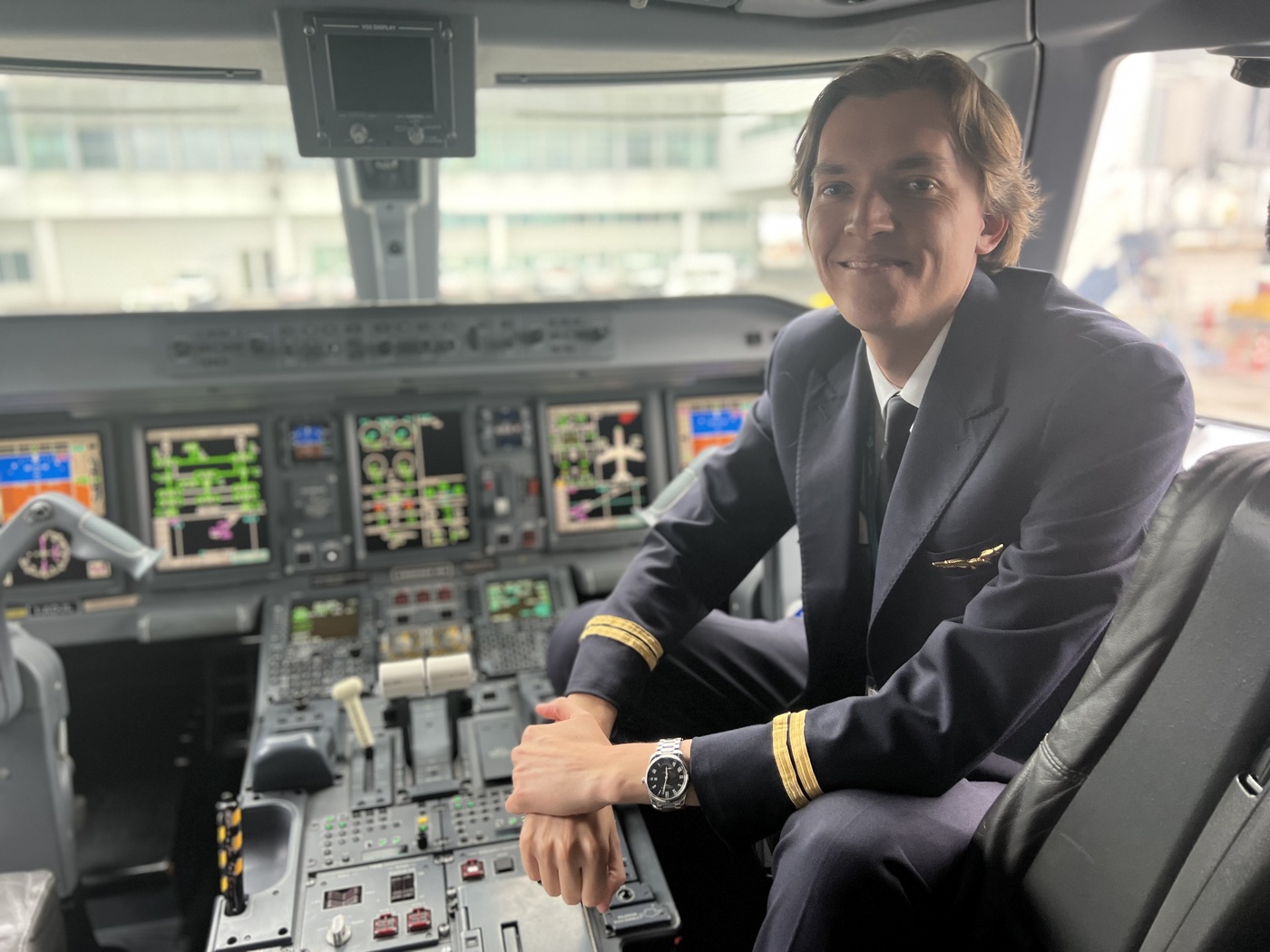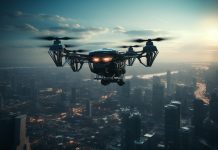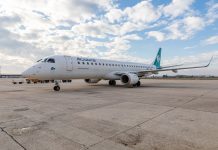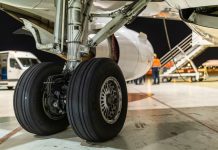Working as a pilot is a rewarding profession.
FLIGHT is a superpower that shortens geographical distances and overcomes gravity. Through technology, humans are capable of overcoming the forces of nature. The possibility of flight touches at the heart of what it means to be human.
We met First Officer Grigory Shevandin, one of Air Dolomiti’s youngest pilots, and asked him a few questions on his career. Read on to find out more about how to become an airline pilot.
Interview with Grigory Shevandin, born in 1993 and a pilot at Air Dolomiti since 2019.
First Officer Shevandin… How and when did you start your career as an airline pilot?
I started flying when I was about 20 at the Aeroclub in Vercelli. That’s where I got my Private Pilot Licence (PPL) to operate as pilot in command (PIC) on single-engine aircraft. This licence allows you to fly a single pilot aeroplane carrying non-paying passengers, so you need to find a few friends willing to come with you…
What are the requisites to get a PPL?
It’s simple: you have to be at least 17 and be in possession of a medical certificate and certificate of mental fitness issued by the Italian Air Force Institute of Pathology. Then, you have to really commit to studying to pass an in-depth theory test at the ENAC (Italian Civil Aviation Authority). Finally, practise practise practise. After training, you have to pass an aviation examination with an ENAC-authorised examiner.
And after that?
It’s different for everyone. I went to the United States, where I accumulated the requisite flight hours to access the Commercial Pilot Licence (CPL), which was my goal from the beginning. I decided to complete this part in the United Kingdom, in Oxford. In order to become an airline pilot, you have to speak good English, which isn’t a requirement for private pilots. I studied for a year and took 14 exams. After that, I went back to the USA, to Phoenix, to start flying twin-engine aircraft and familiarise myself with commercial aeroplanes.
The last step before applying to work for an airline is the MCC (Multi-Crew Cooperation) training course. Specifically for commercial flight, training is done using a flight simulator.
When did you join Air Dolomiti?
I applied and joined the company in March 2019. I then started my specific training (Type Rating) on an Embraer 190 and 195, which I pilot today.
What does being an airline pilot mean to you?
I’ve always wanted to be a pilot, since I was a child. This job requires a cool head, commitment, self-control, adaptability and an independent mindset. You also need to know how to respect rules and stick to protocols at all times. Becoming a pilot involves huge personal growth, first and foremost. Fulfilment comes as you grow and have different experiences. I’ve accumulated 1200 flight hours so far, so I still have a lot of pages in my logbook to fill out…
Speaking of which, what is a logbook? How do you get one and how do you fill it out?
In a nutshell, a pilot’s logbook is the record of all the flights that pilot has completed. (First Officer Shevandin shows us his: a big book with a blue leather hardcover and gold letters…). You get the logbook at the beginning. Everything’s in here, written and filled out after each flight. It’s the pilot’s civil and criminal responsibility to self-certify the information. You have to fill out 12 columns for each flight you do: flight start date, departure and arrival airports, model of aeroplane, total flight duration, captain’s name and other details.




